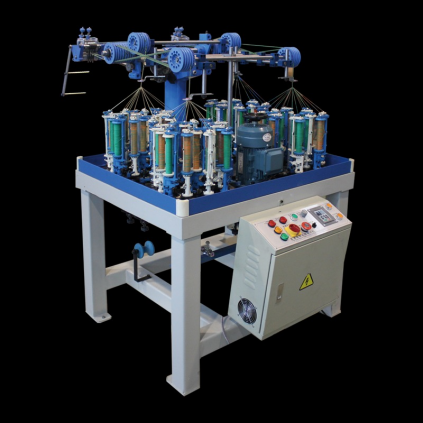There are many different types of ropes out there, and each one has its own unique purpose. Whether you're looking for a sturdy rope to hold up a heavy object or a lightweight rope to use for recreational purposes, there's definitely a type of rope out there that will fit your needs. In this article, we'll take a look at some of the most common types of ropes and what they're typically used for.

Hemp Rope
Hemp rope is one of the most popular types of rope on the market due to its many benefits. Hemp rope is made from the hemp plant, which is known for its strength and durability. This makes hemp rope a great choice for heavy-duty applications. In addition, hemp rope has a natural earthy look to it, making it a popular choice for decorative purposes. Hemp rope is also relatively inexpensive, which makes it a great choice for budget-conscious shoppers. However, hemp rope does have some drawbacks, such as its tendency to shrink when wet.
Jute Rope
Jute rope is made from the jute plant, which is native to India. Jute is a long, soft, shiny vegetable fiber that can be spun into coarse, strong threads. Jute ropes are much lighter than hemp rope, and they're also known for being very absorbent. As a result, jute ropes are often used in nautical applications. Jute ropes are very strong and durable, making them ideal for a variety of uses. In addition, jute ropes are relatively inexpensive, making them a great option for those on a budget.
Polypropylene Rope
Polypropylene rope is a type of synthetic rope that is made from polypropylene, a thermoplastic polymer. This type of rope is often used in marine applications as it will not sink if it becomes wet. Polypropylene rope is also buoyant, making it a good choice for applications where the rope needs to float. Polypropylene rope is lightweight and strong, making it a good choice for many different applications. However, polypropylene rope is not as strong as nylon rope and can be damaged by sunlight.
Braided Rope
Braided rope is made by intertwining multiple strands of material. This type of rope is very strong and can be used for a variety of applications. Braided ropes are often used in marine and industrial applications. A braiding machine is used to create braided rope, and the finished product is strong and durable. Braided rope is also flexible, making it a good choice for applications where the rope needs to be able to bend.

Twisted Rope
Twisted rope is made by twisting together multiple strands of material.This type of rope is very strong and can be used for a variety of applications, such as in fishing lines. Twisted rope is created by taking fibers and twisting them into strands, and then twisting the strands into rope. Three-strand twisted rope is the most common form of construction, and it can be made of nylon, polyester, polyethylene thalassotherapy, and polypropylene. Some advantages of twisted rope include that it is easy to splice, less expensive, and has more stretch than braided rope. However, it also tends to kink and is less flexible. Additionally, the strands can separate if the rope is not sealed off properly.
So, there you have it! These are just a few of the most common types of ropes and what they're typically used for. Hopefully, this blog post has helped you learn a little bit more about the different types of ropes out there and what each one is best suited for. Thanks for reading!








